
Kandy is the second-largest city in Sri Lanka, with a population of about 125,000 people. It lies in the mountainous and forested interior of the island, and is centered around an artificial lake creatively named Kandy Lake.
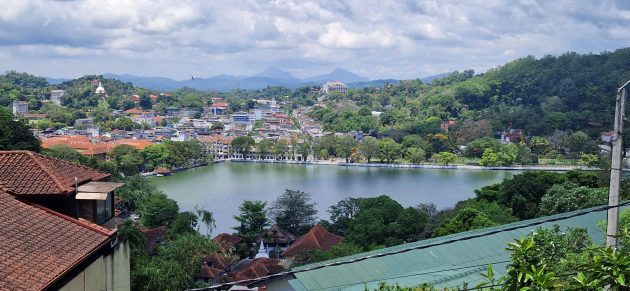
That lake has its fair share of smelly nesting Black-crowned Night Herons …
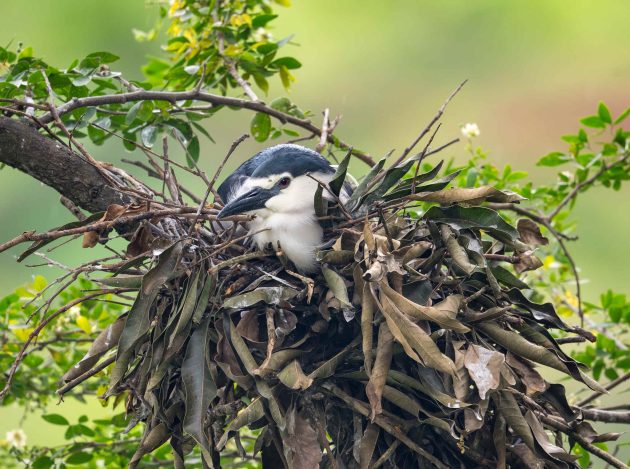
… which are very common here but threatened in several US states (source, source) …
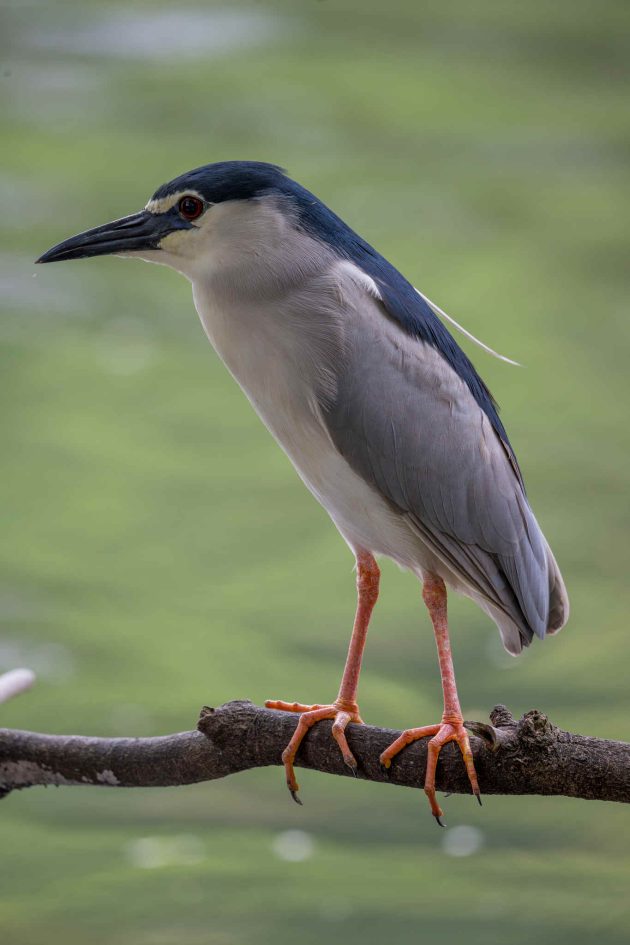
… as well as the beautiful White-throated Kingfisher.

Anyone who can look good wearing brown deserves appreciation.

The appreciation for the species expressed in an Israeli paper is a bit more pompous: “The unique ecology of this western population and the various traits which show sexual dimorphism define this resident species as a unique abundant model species for examining various ecological and evolutionary processes.”
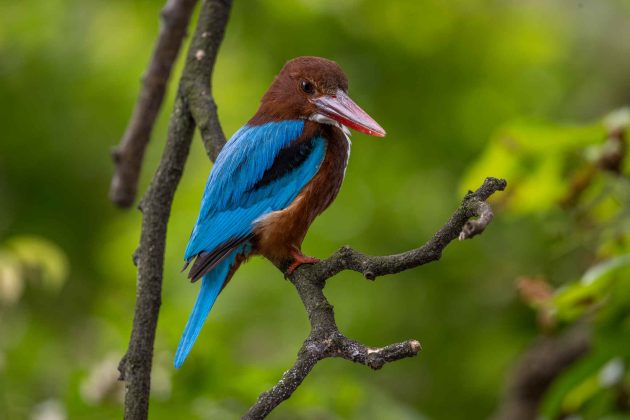
The same trees also have some mammals, which seem to be a bit confused about which way is up.

Unfortunately for somebody who liked watching “What We Do In the Shadows“, they eat fruit rather than drinking blood.
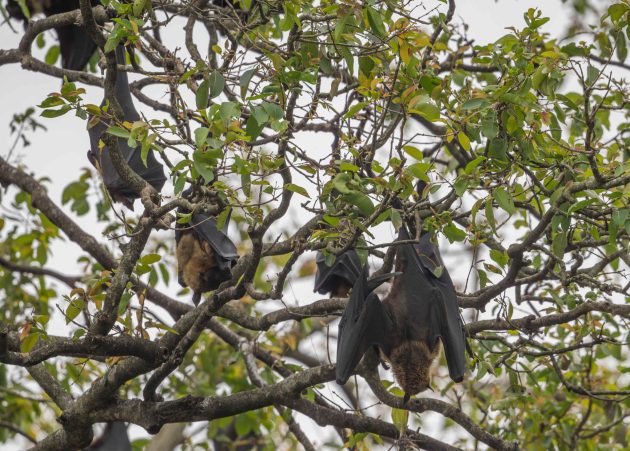
More interesting for birders is the Udawattakele Forest Reserve, which, even in its Wikipedia entry, is described as being “popular with foreign tourists, especially bird watchers”.
The Royal Pond of the reserve is watched over by a Brown Fish Owl.

At least in the Western Ghats, a better name would be Brown Crab Owl, as the diet of the species there consists of 75% crabs (source). But I agree that Brown Fish Owl sounds better.
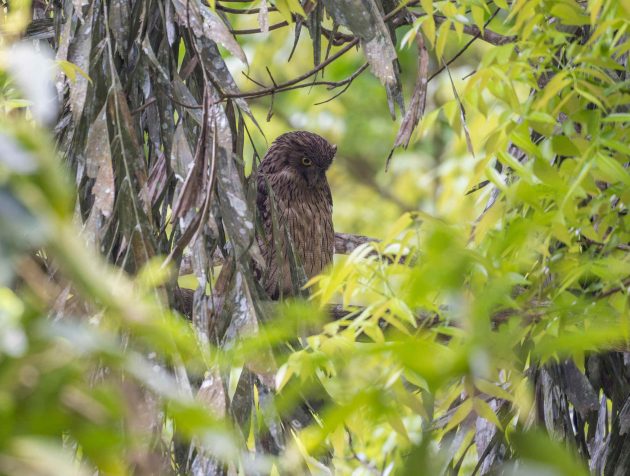
While the scientific name Ketupa zeylonensis suggests a specific link to Sri Lanka, the species is actually quite widespread and can also be found in the Middle East, India, China, and Southeast Asia.
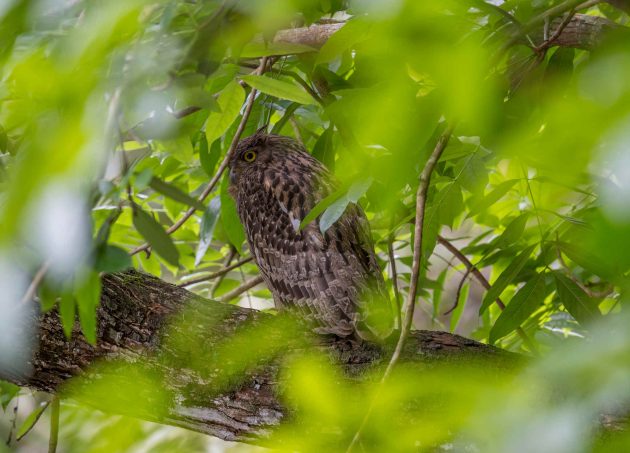
The same pond is also used by the Black-backed Dwarf Kingfisher.
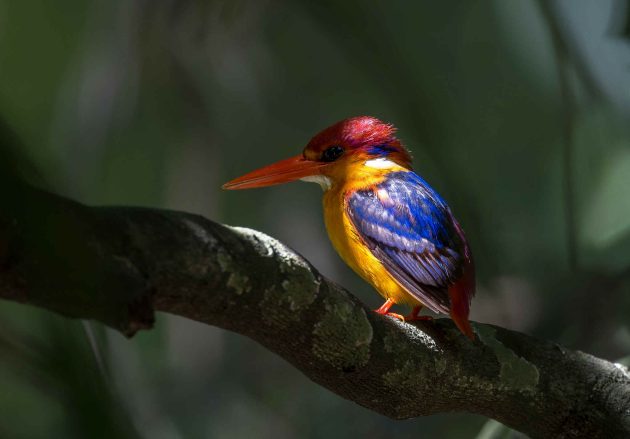
Even the HBW acknowledges that the species is misnamed: “Despite its name, its mantle is a brilliant ultramarine-blue color, which contrasts with a gleaming lilac rump”.
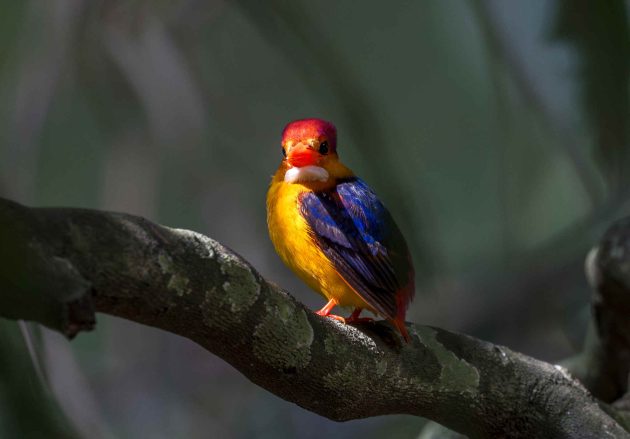
Here is a rather grainy video of this near-threatened species.
Of course, this being a forest, it has woodpeckers. Specifically, the Crimson-backed Flameback …
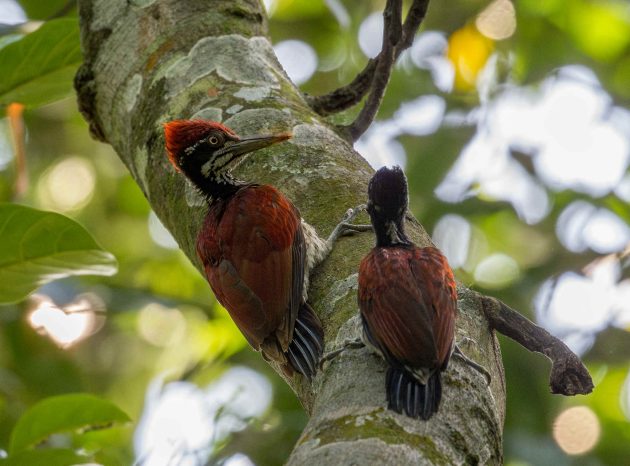
… and the Red-backed Flameback.
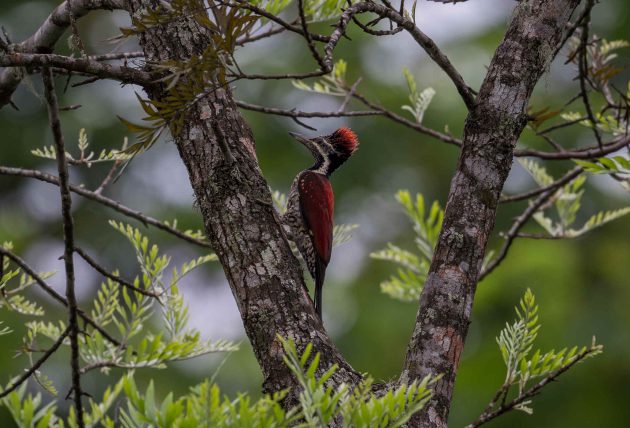
Given that crimson is a rich, deep red color inclining to purple (Oxford Languages), and that, at least to me, both species have a red back, the naming makes little sense to me. Particularly as it is actually fairly easy to distinguish the two species, just not by the color of their back.
The Crimson-backed Flameback is a Sri Lankan endemic with the familiar color coding for sexes (red head indicating a male).
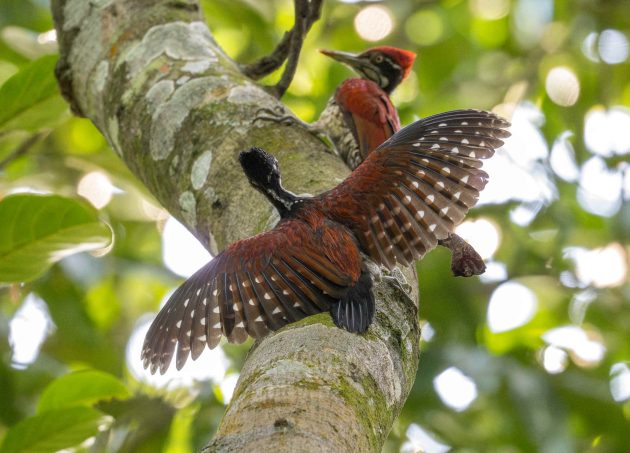
Its scientific name Chrysocolaptes stricklandi commemorates Hugh Edwin Strickland (1811-1853), who proposed rules for naming animal species, which are known as the Strickland Code. He also managed to get killed by a train.

In addition, he was the coauthor of a scientific book on the dodo with one of the then fashionable long titles: “The dodo and its kindred; or, The history, affinities, and osteology of the dodo, solitaire, and other extinct birds of the islands Mauritius, Rodriguez and Bourbon”.

The Red-backed Flameback is not named after the victim of a train accident. Dinopium psarodes indicates both that it is not closely related to the previous species (different genus) but also that it is speckled (“psarodes”).
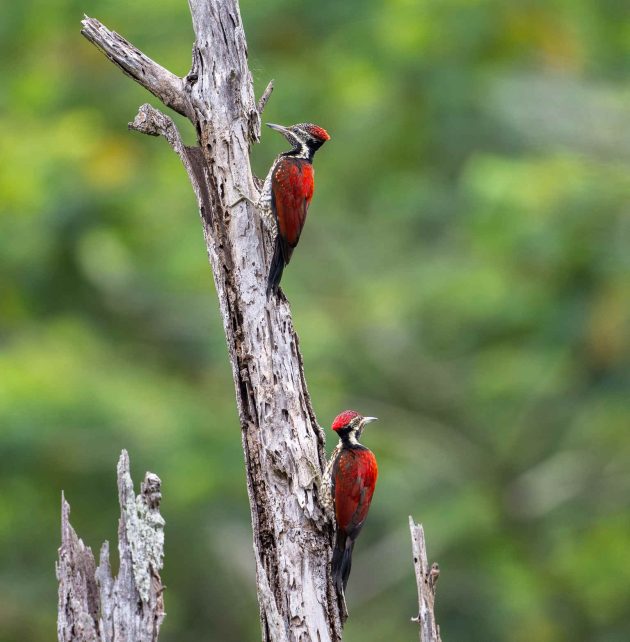
It is a Sri Lankan endemic as well.
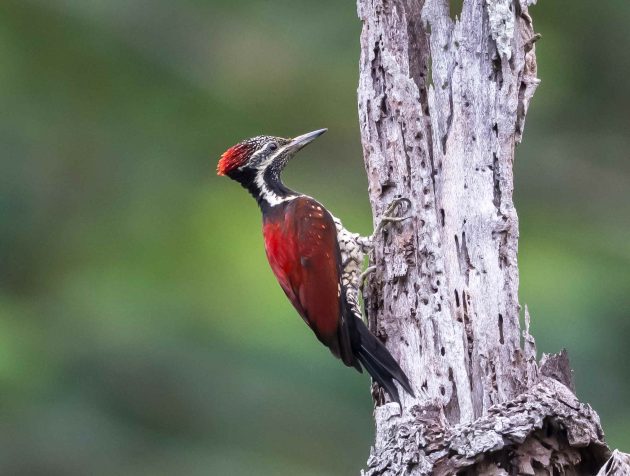
The Wikipedia entry on the Red-backed Flameback notes that it is the only red -coloured Dinopium species, and hypothesizes that convergent evolution drove these two species to have red backs.
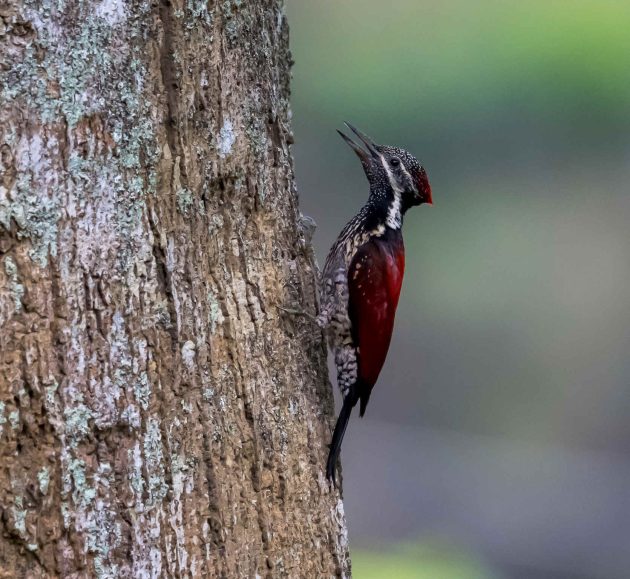
The Sri Lanka Shama is another forest dweller, and a species optimized for checking the quality of high ISO photos of your camera.
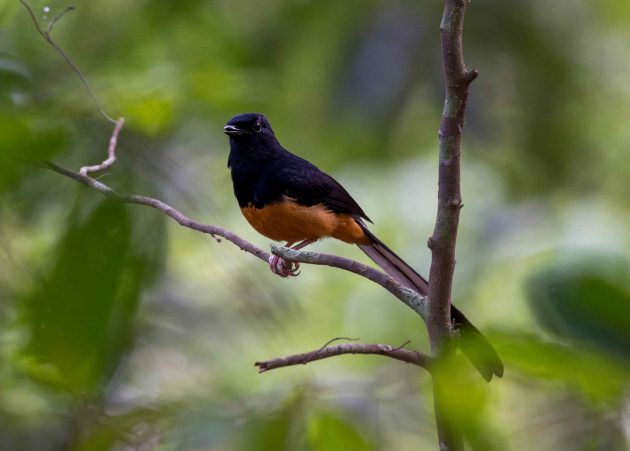
To me, it looks pretty much like the White-rumped Shama, but the HBW finds that its “shorter tail, reduced sexual dimorphism, and paler belly” (plus possibly the lobbying from listers) are convincing reasons to regard it as a full species.
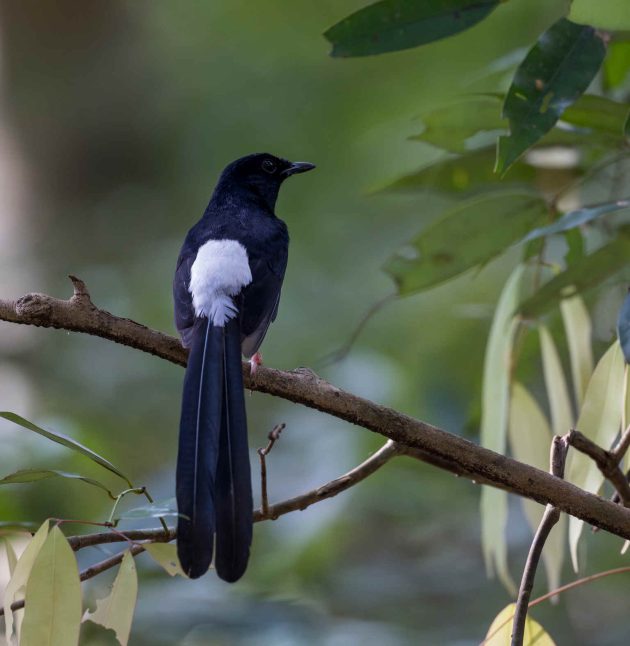
And yes, it is another Sri Lankan endemic.
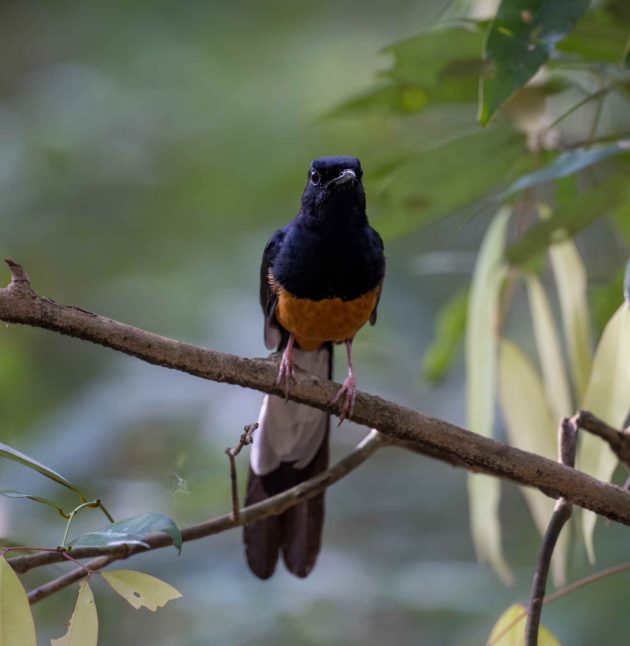
As are the Sri Lanka Scimitar Babbler …
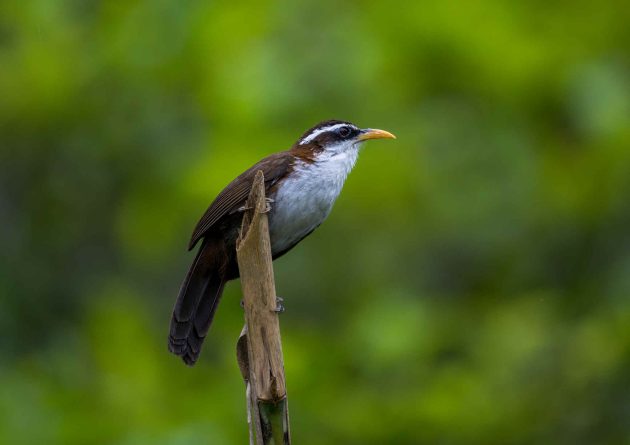
… which the HBW criticizes like a mother criticizes her teenage son: “Nest untidy” …
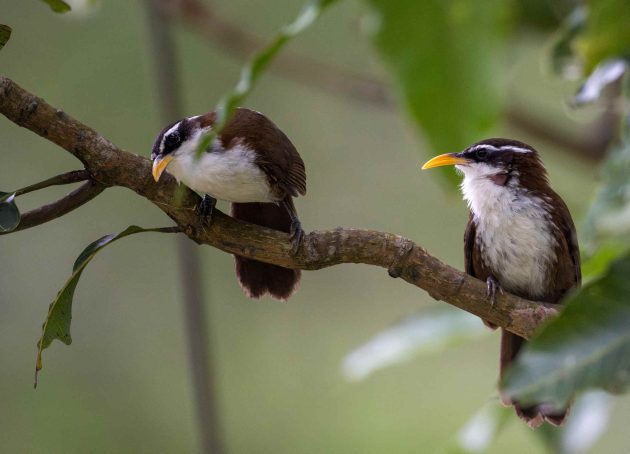
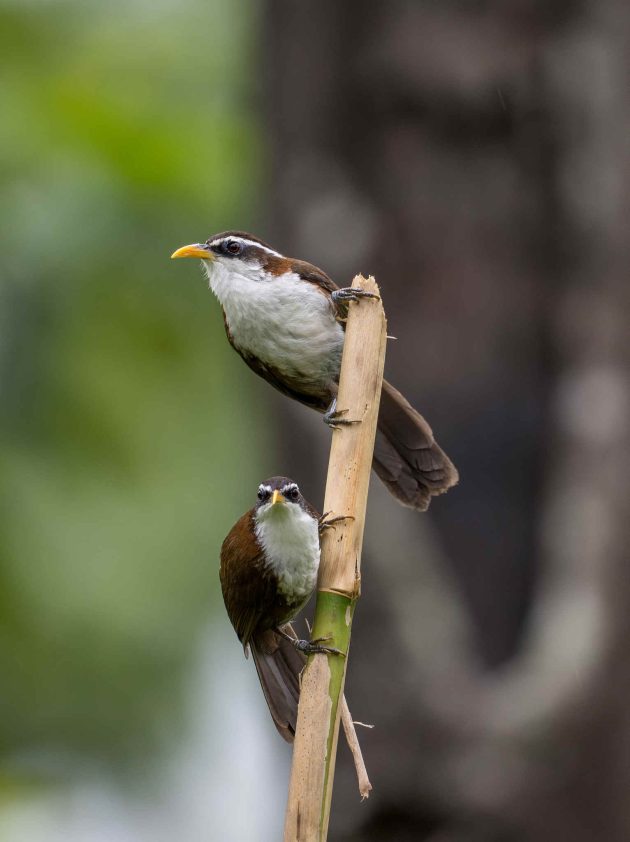
… and the Yellow-fronted Barbet.
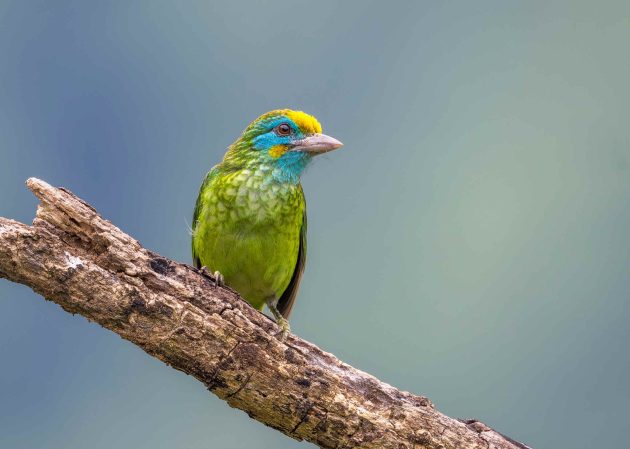
Psilopogon, the scientific genus name, could be a good name for a punk band formed by ornithologists.
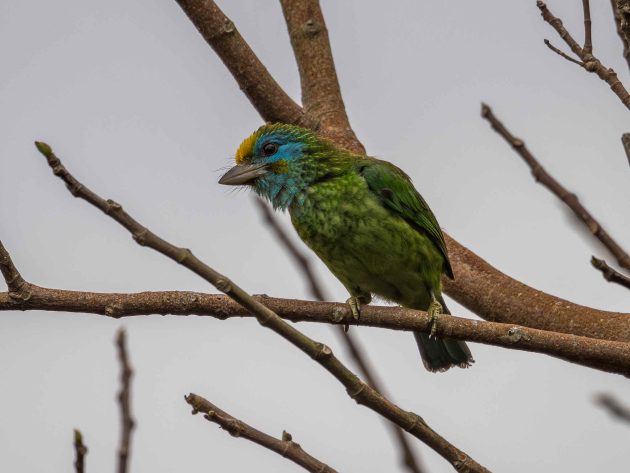
This barbet was occasionally conveniently perched on an open tree stump just a few meters from the open restaurant terrace of my hotel …
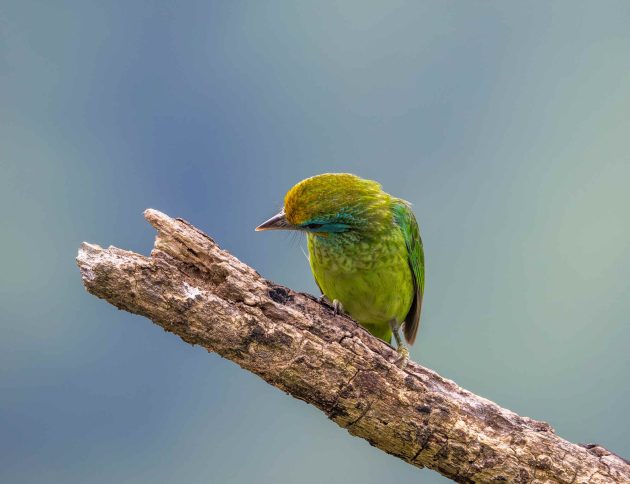
… whenever it was not being chased away by the larger Brown-faced Barbet.

It looks almost plain for a barbet.
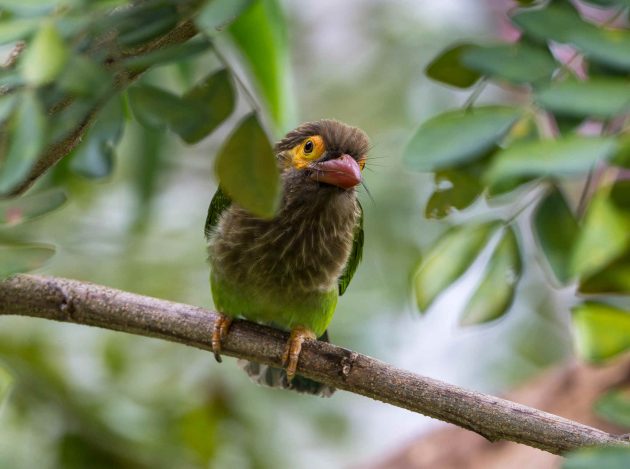
In contrast, the Indian Robin seems to be underrated – eBird even calls it a “nondescript robin”.
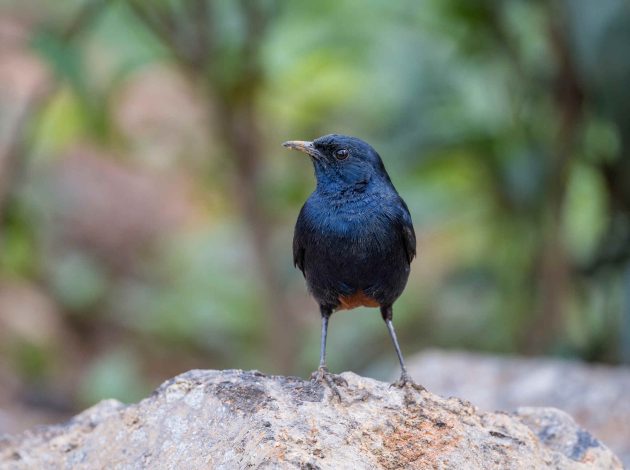
I don’t have anything new to write about the Indian Pitta, but that does not keep me from showing a few more photos of it. A beauty.
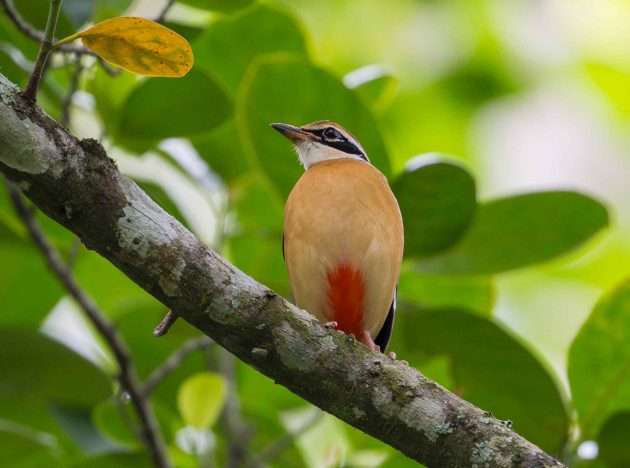
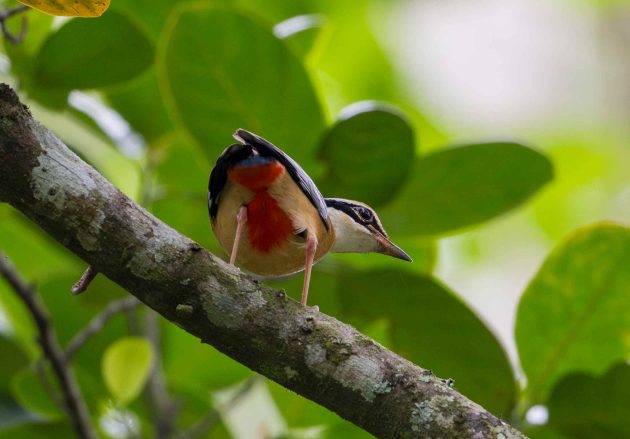
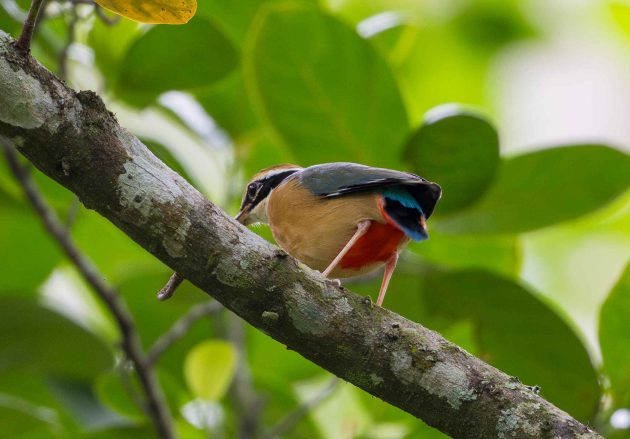
Loten’s Sunbird is named after Joan Gideon Loten (1710-1789), a Dutch Governor of Makassar in Sri Lanka, and a naturalist (though I more and more think that word is pretty meaningless). The Wikipedia entry on him is long and rambling, containing such important information as “he found the physician Dr John Fothergill, who gave him opiates for the control of asthma. Dr Fothergill also prescribed donkey’s milk”.

It is a mystery to me why anyone would name a Plum-headed Parakeet “Synergy“. Management consulting gone too far.
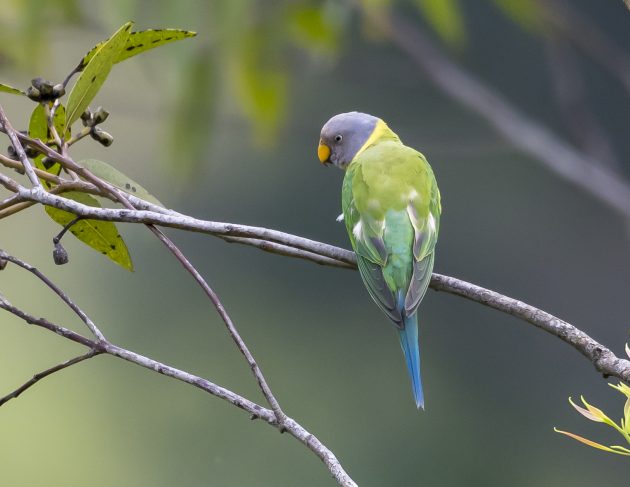
The species is not particularly popular with Indian farmers – in Andhra Pradesh, the Plum-headed Parakeet is known to cause 10-35% damage to crops (source).
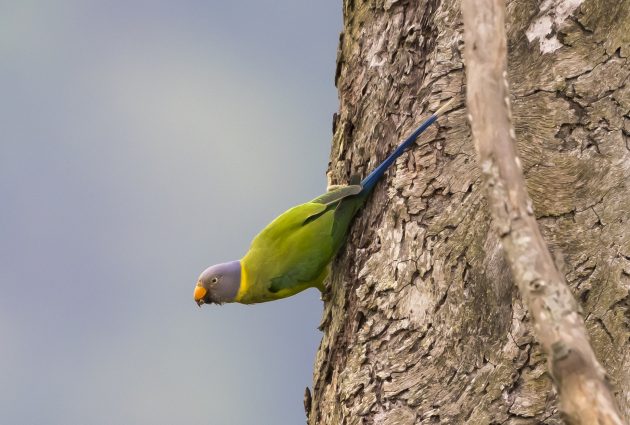
While this is probably credible, the source cited above (in “Annals of Arid Zone”) suffers from bad editing. Witness the following passage: “In maize, the silky style, green tender spathe (husk), and emerging tender cobs are all injured. In maize, emerging tender cobs are damaged along with the silky style and green tender spathe (husk).” And no, it was not me who copied the same or almost the same sentence twice. Authors of such papers might want to make a habit of reading their papers before submitting them for publication.
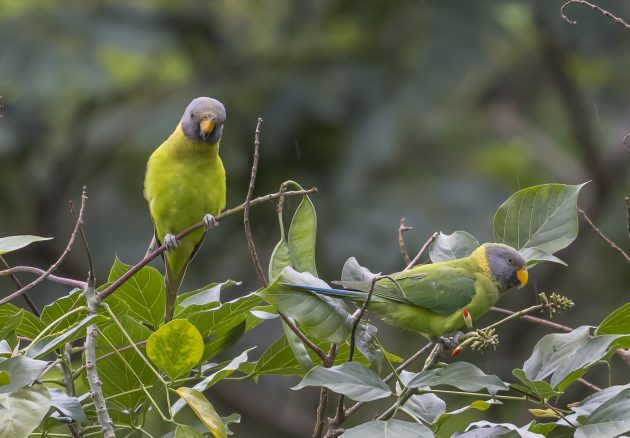
This is a female Small Minivet. It seems to be a fairly adaptable species – one paper describing 5 slightly different habitats in a Jakarta birdwatching area found it in all five habitats.
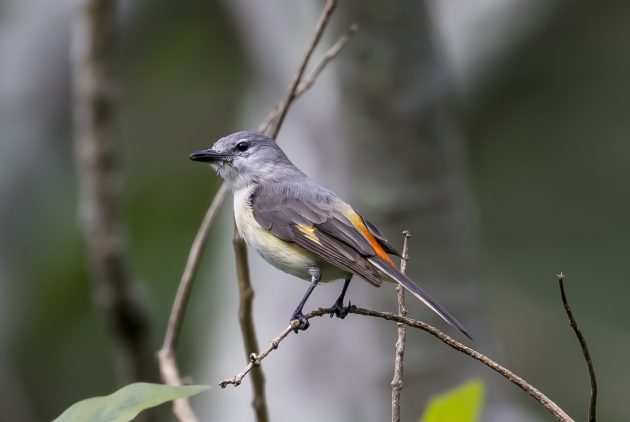
Finally, the Yellow-eyed Babbler. While its scientific name Chrysomma sinense suggests a strong presence in China, and I have indeed seen it there, its stronghold seems to be India and Southeast Asia. They seem to form relatively stable flocks in winter, which then break up during the breeding season (source).
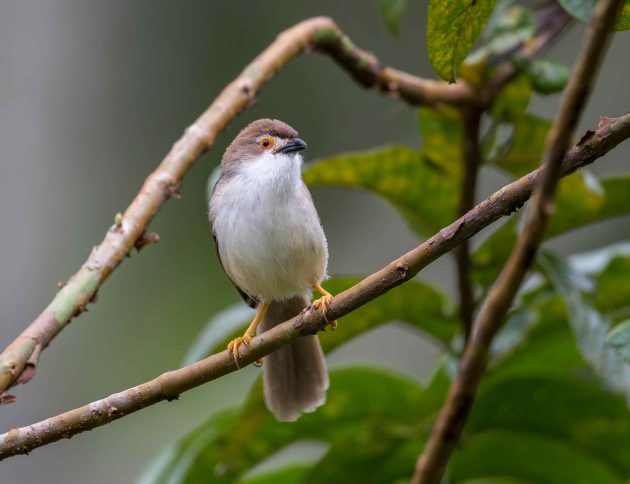
I guess it is a bit of a cliche to start a post with a daytime photo and end with a nighttime one. Sue me.







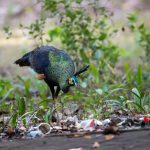

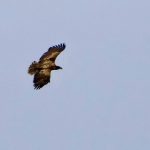

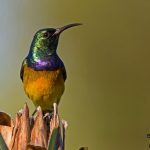


Said it before: Sri Lanka is on my wishlist. So many places to go so little money.